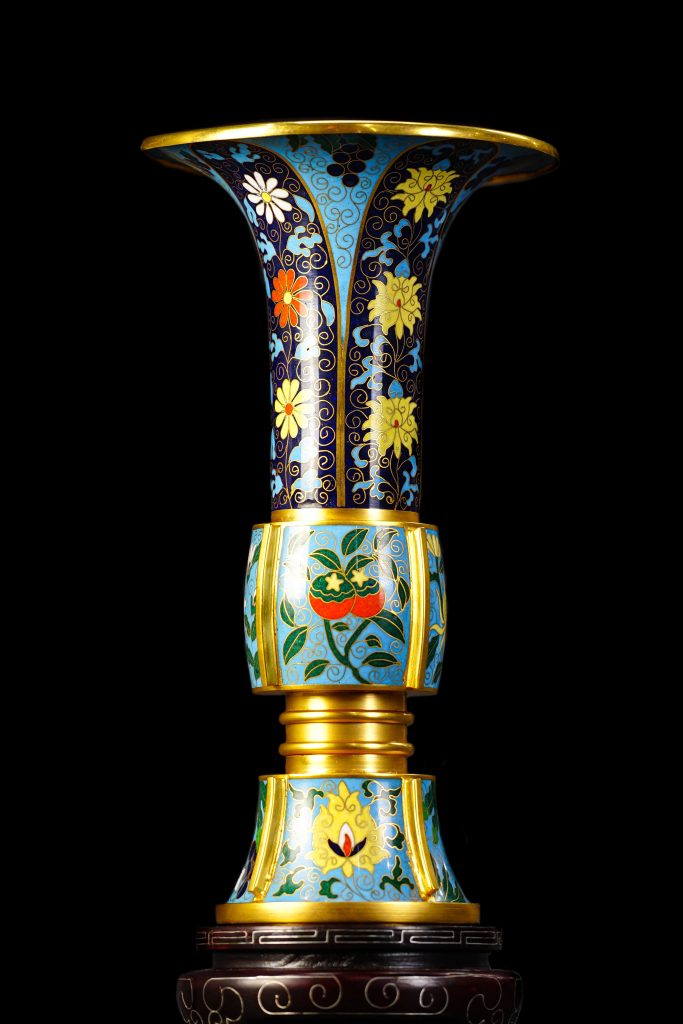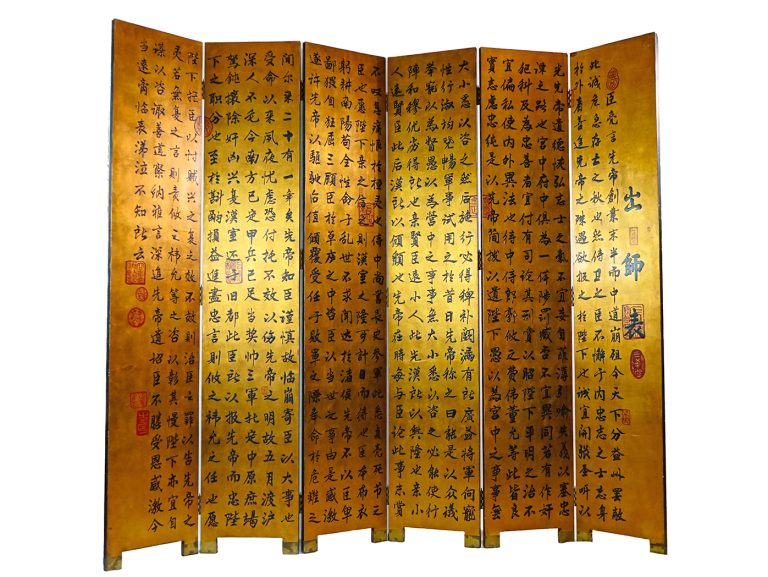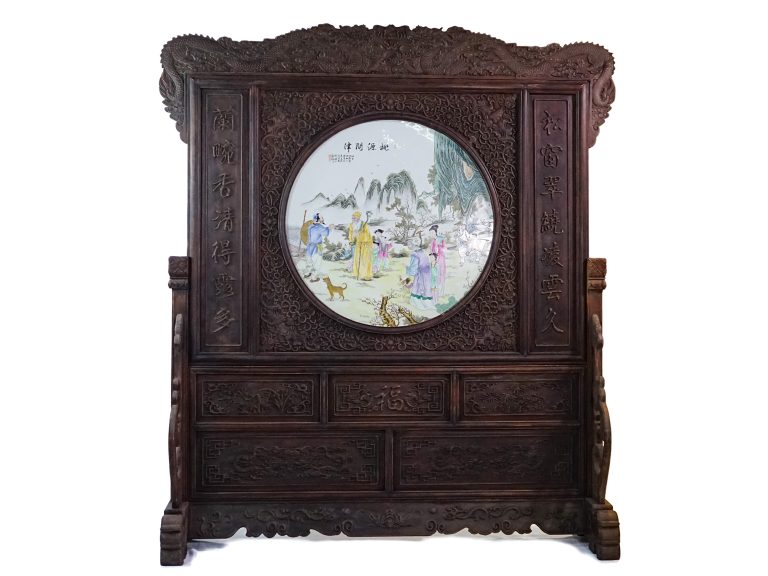

The bottom of the halberd flower-patterned goblet is engraved with the inscription “Jingtai Nianzhi”, which is a work of the Ming Dynasty. However, when it was exiled overseas in the early years, it had holes at the bottom because it had been transformed into a table lamp, resulting in the words “Tai” and “Nian” in the inscription are missing.
The flower goblet was originally a display utensil imitating the bronze shape of the Shang and Zhou Dynasties, and later it gradually developed into a flower arrangement utensil and turned into one of the “Five Offerings Before Buddha”. The halberd and flower-patterned goblets belonged to the royal study furnishings in the Ming Dynasty and were used for flower arrangements. Its lines are flexible and vivid, and it is woven into a three-stage structure of bell mouth, bulging belly, and phoenix tail with unique characteristics of the times, showing a dignified and elegant temperament.
The whole flower gob is made of blue material, and it combines two colors of sky blue and sapphire blue, with a clear pattern of decorative patterns. Against the sky blue background, four sapphire-blue banana leaves are blooming on the long neck. The bulging belly and the tail of the phoenix below are also decorated with a variety of tangled flowers, flowers and fruits, grapes, and other patterns with the sky blue as the ground.

 Enquire
Enquire



